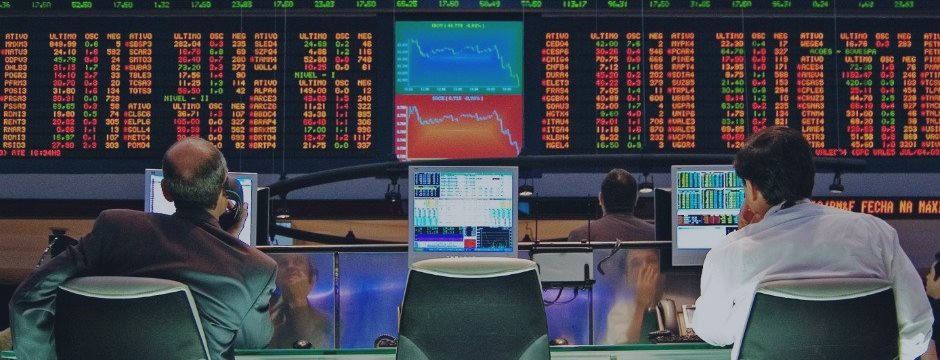Sterling hit a one-month low today, as the Bank of England policymaker Ian McCafferty commented that more QE might be required if the UK’s economic outlook worsens and the BoE could cut rates further. The significant support level of GBPUSD at 1.30 was broken on Tuesday 09th August.
Sterling has tumbled since 4th August against the dollar for two reasons. Firstly, the Bank of England announced a rate cut for the first time since 2009 and launched more than the expected scale of QE on 4th Aug. Secondly, the robust Nonfarm Payroll figure released on 5th Aug resulted in the strengthening of the dollar against the Sterling and other currencies. GBPUSD has plunged 2.44% from the intra-day high of 1.3345 on 4th Aug to the intra-day low of 1.3020 on 5th Aug, hitting a three-week low. The support level at 1.31 and the significant level at 1.30 were both broken.
A series of UK economic data will be released at 09:30 GMT+1, including Industrial Production (MoM), Manufacturing Production (MoM), the Trade Balance, and the Trade Balance Non-EU. The manufacturing sector, which accounts for about 10% of the UK GDP, has recently seen waning demand and job cuts. In July, the sector posted the fastest slowdown in three years, resulting from uncertainty and decrease of orders. The weakness of the Sterling pushes up the cost of imported materials, while the benefits, in terms of price competitiveness for finished goods, often takes longer to be realised.
Foreign investment will also likely decline due to the uncertain business climate, will likely hit the demand for labour force.
After the Brexit vote, overall economic data has underperformed, such as the Services PMI and Manufacturing PMI released on 25th July both pointed to a contraction and economic slowdown. In addition, the Current Account deficit of the UK is about 7% of the GDP, which is higher than most of the developed countries and is weighing on the Sterling.
The aftermath of the Brexit vote, the large trade balance deficit, BoE’s rate cut and stimulus measures, also the strengthening of the dollar result in the long term trend of the Sterling is likely to be bearish.
On the contrary, the BoE’s rate cut and easing measures has boosted the UK stock prices. FTSE 100 index reached the highest level since June 2015 as helped by banking stocks. It is currently trading above all the moving averages the significant level at 6800, it is likely to have a corrective pullback testing the 6800 again before further rally, as the one hourly and daily KD indicators are above 90.
